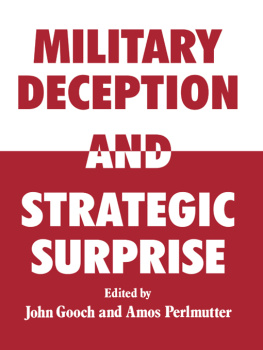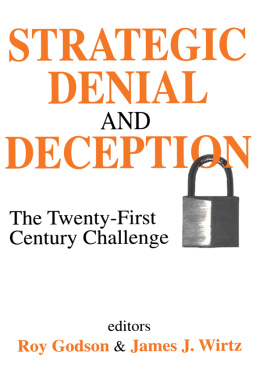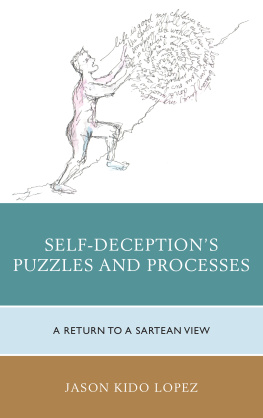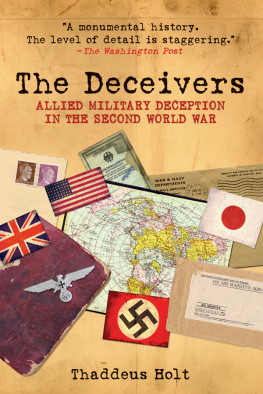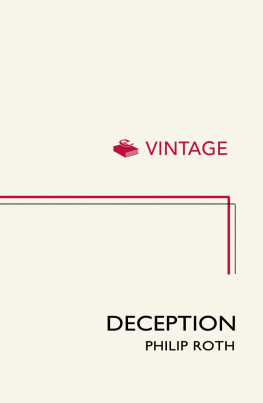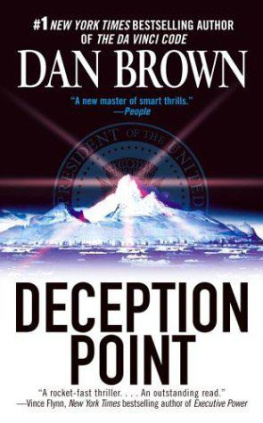Deception in War
Jon Latimer
All Rights Reserved
Copyright Jon Latimer 2001, 2015
First published 2001 by John Murray
This edition published in 2015 by:
Thistle Publishing
36 Great Smith Street
London
SW1P 3BU
www.thistlepublishing.co.uk
To my father, who started it all...
and to C Coy, 3 (V) RWF, and all who served in it
Contents
Illustrations
The author and publishers would like to thank the following for permission to reproduce illustrations: Plate 1, Carmarthenshire County Museum; 2, Library of Congress; 3, 4, 8, 9, 10, 11, 14, 15, 16, 17, 19, 20, 21, 22, 23, 24 and 25, Imperial War Museum; 5, John Murray Archive; 6, 7 and 12, Tank Museum; 13 and 18, Public Record Office; 26, British Army; 28, TVI Corporation; 29, Saab Barracuda AB.
Preface
Although this work is intended for the general reader rather than as an academic tome or military manual, I make no apology for the inclusion of endnotes. In his excellent The Atlantic Campaign Dan van der Vat expresses a violent dislike for texts 'bespattered by numbers', but these notes are often of considerable value to anyone wishing to pursue specific points. They are all related to the source material, and the few additional footnotes included merely provide details that do not properly belong in the main text.
A great many people have contributed to this book and I would also like to thank others who have contributed elsewhere in the meantime. In particular, my old friend Marcus Bennett, police officer and captain in the Royal Welsh Regiment, has been a veritable mother lode of ideas and help; similarly John Hall, lecturer in Spanish at UW Swansea and former intelligence officer with 4 RRW, has provided me with copious leads on source material and excellent advice, as have Ally Morrison, Major James Everard QRL, Martin Coulson, (also a lecturer at UW Swansea and former commanding officer, R Mon RE (M)), Nick Pope, Marcus Cowper, George Forty and David Nicolle.
The staff at the city library, Swansea, and UW Swansea have patiently filed all my inter-library loan requests; the staff at the Imperial War Museum and David Fletcher and the staff at the Tank Museum library, and Jillian Brankin at the Australian War Memorial have been ever friendly and helpful over the past year. Jon Guttman at Military History magazine has been very patient and helpful, and thanks are also due to the staff of the other titles at Primedia History Group. Thanks also to Lee Johnson at Osprey and especially to John McHugh, Kevin Enright and Christopher Samuel for putting up with me when in London. I want to thank my agent, Andrew Lownie, for making it all happen (and Adrian Weale who albeit inadvertently put us in touch), Grant McIntyre and everyone at John Murray, and Matthew Taylor, who edited the typescript meticulously.
Swansea
November 2000
Maps
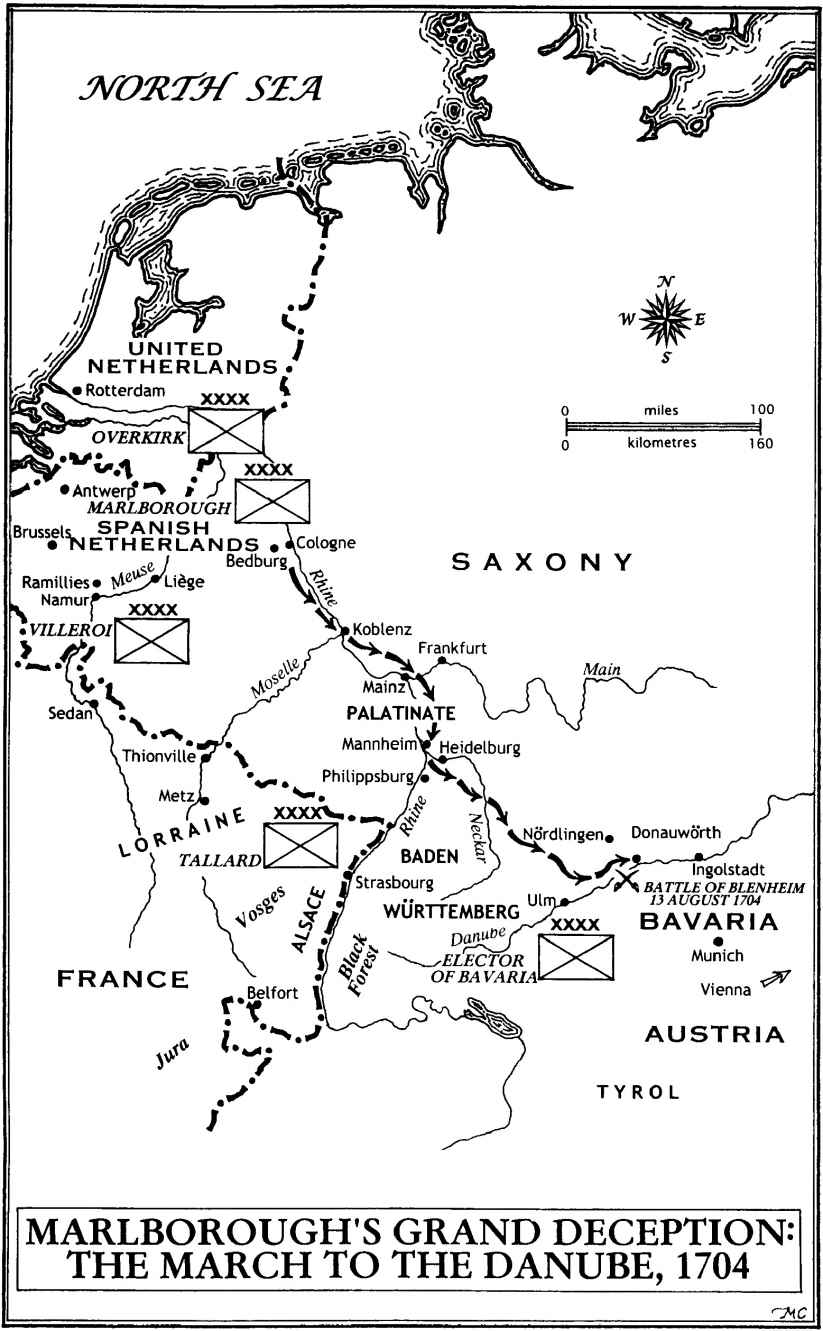
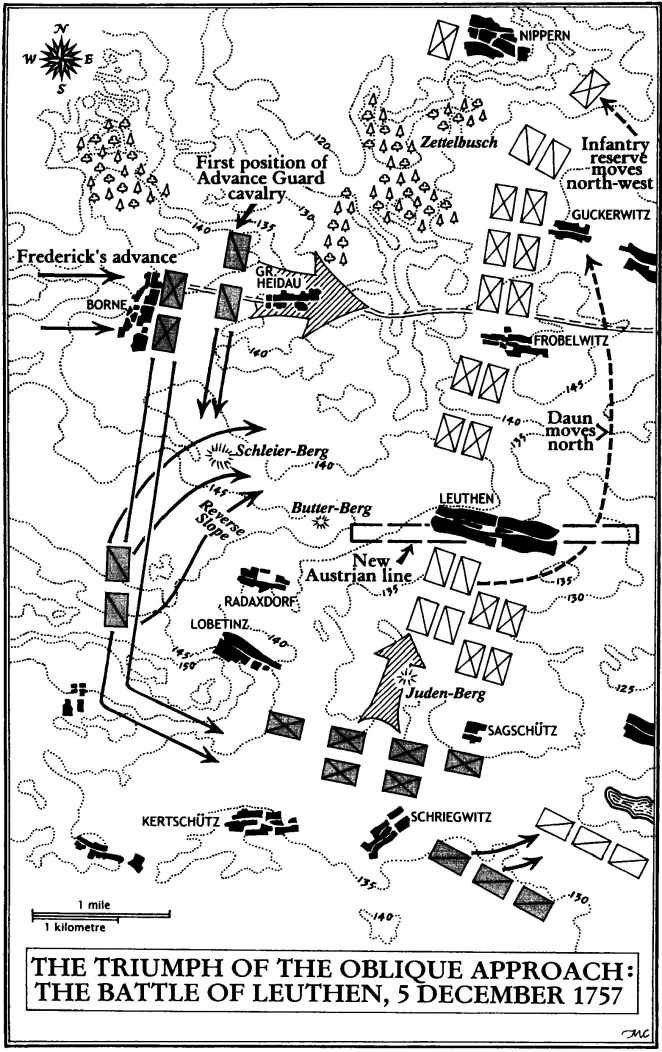
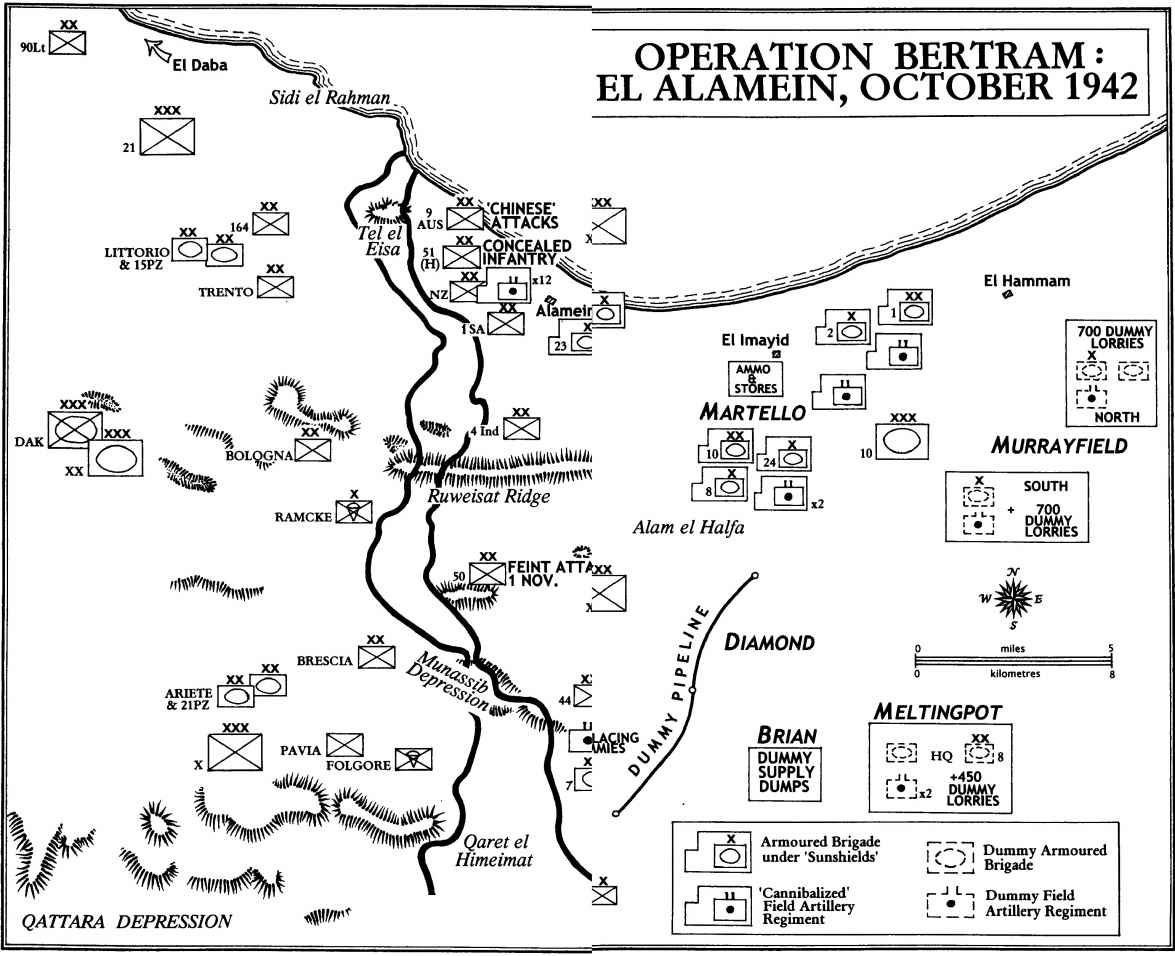
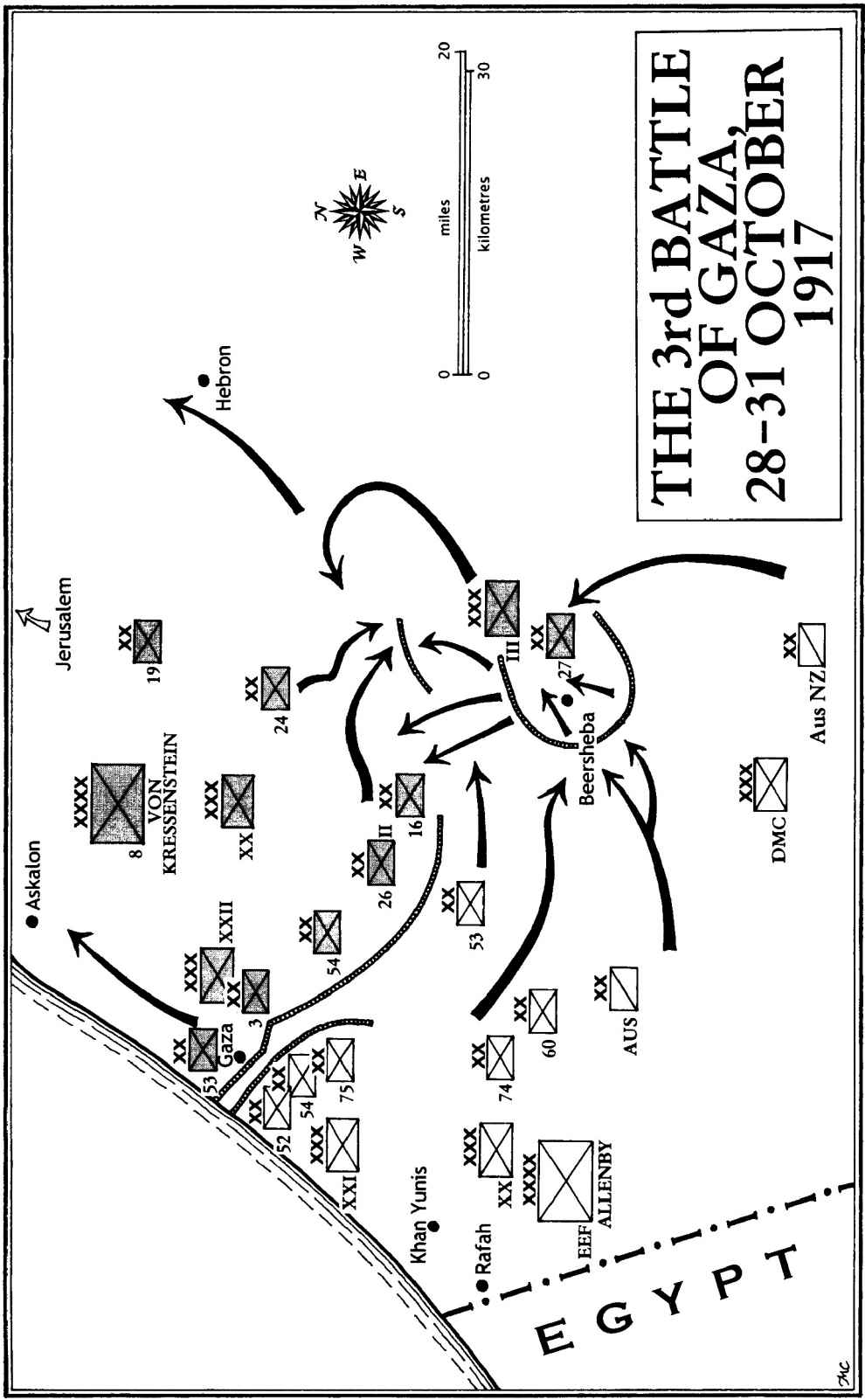
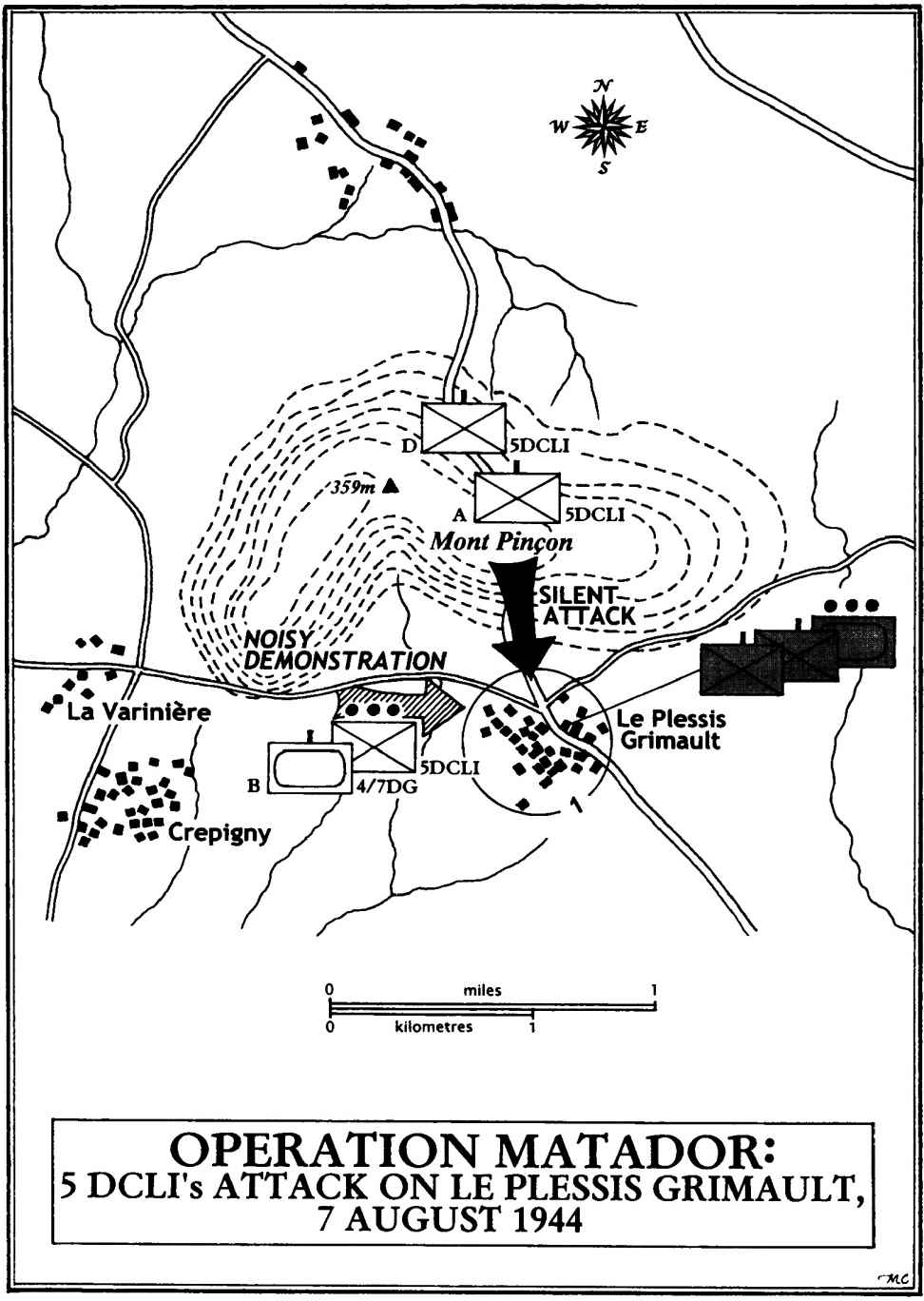

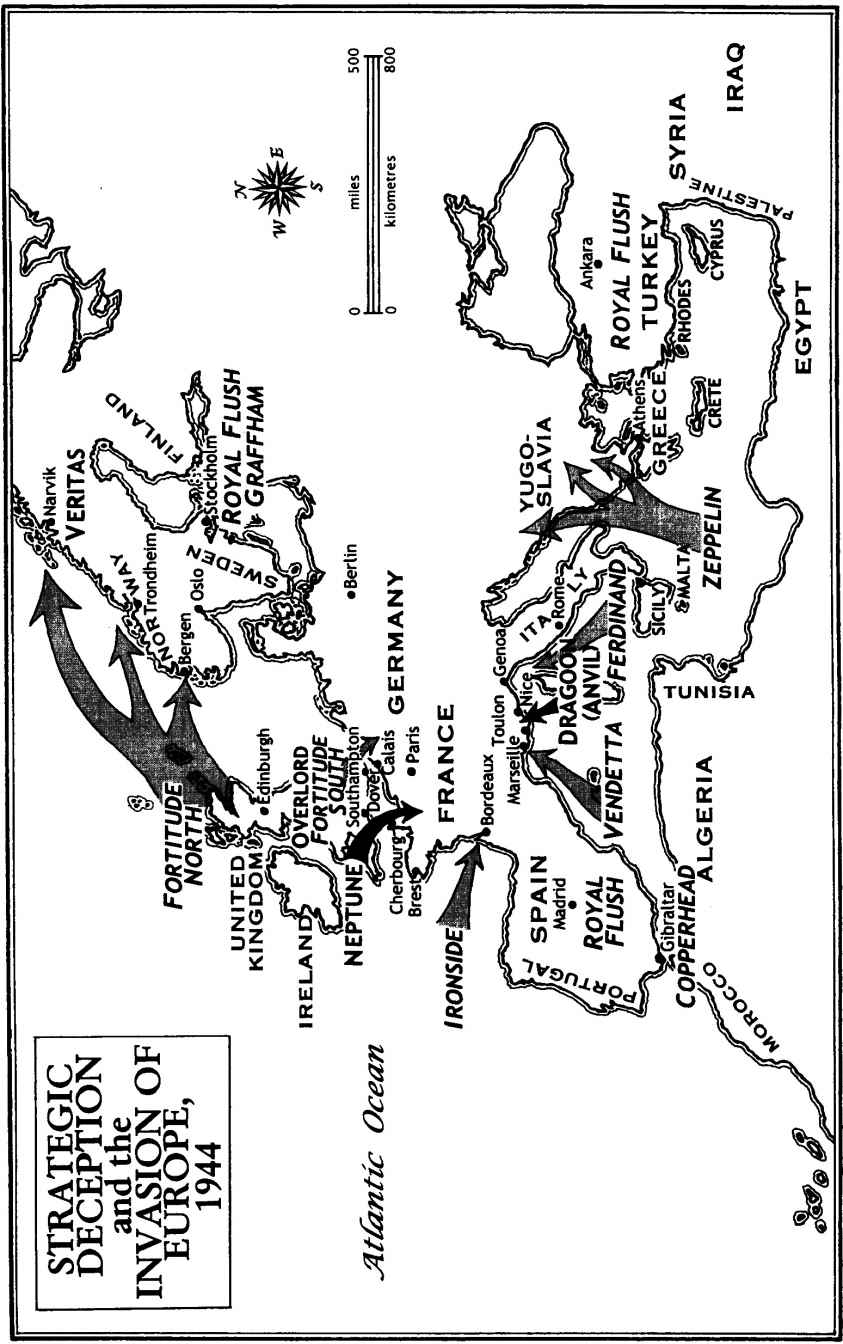
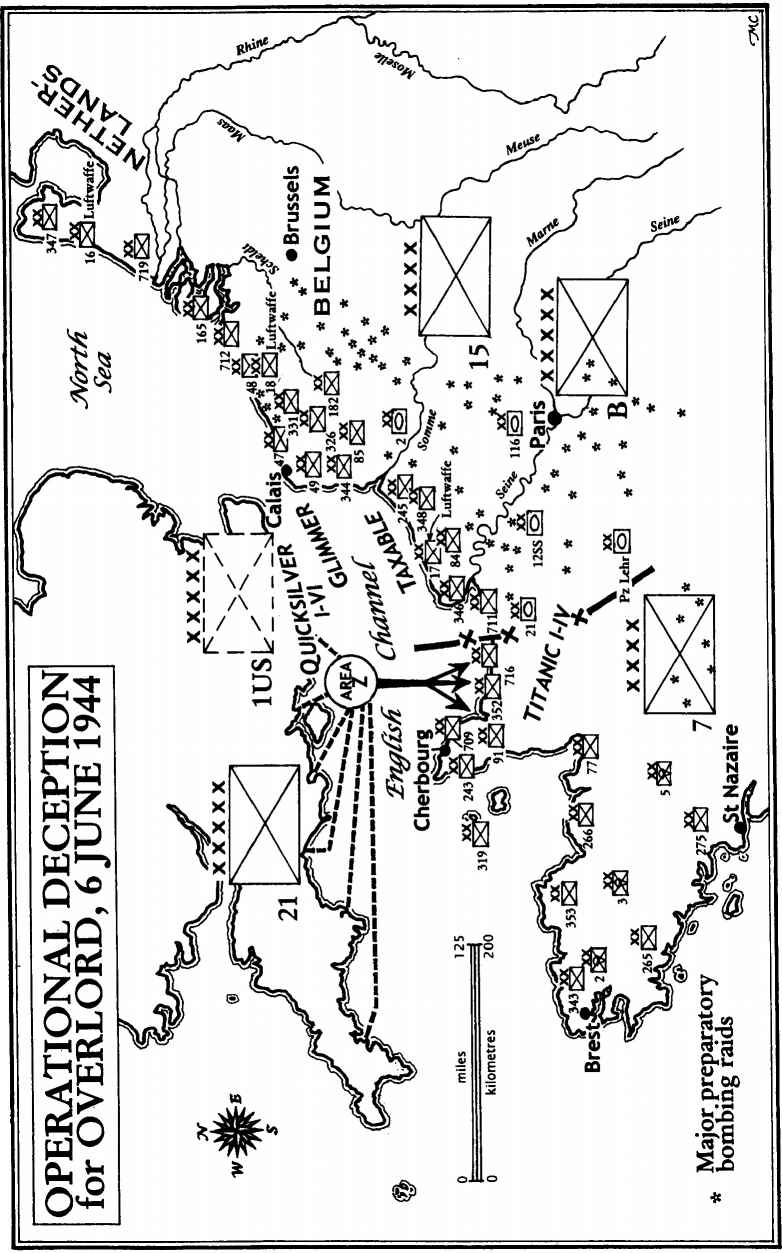
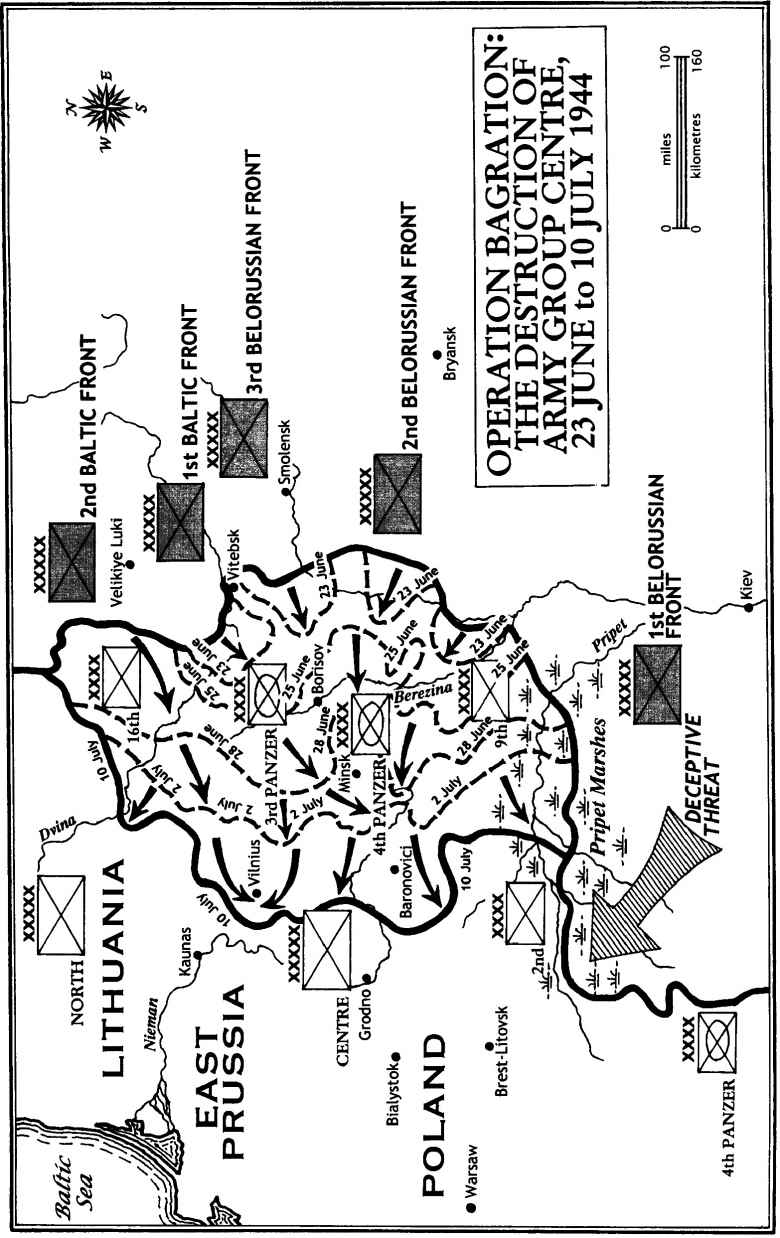
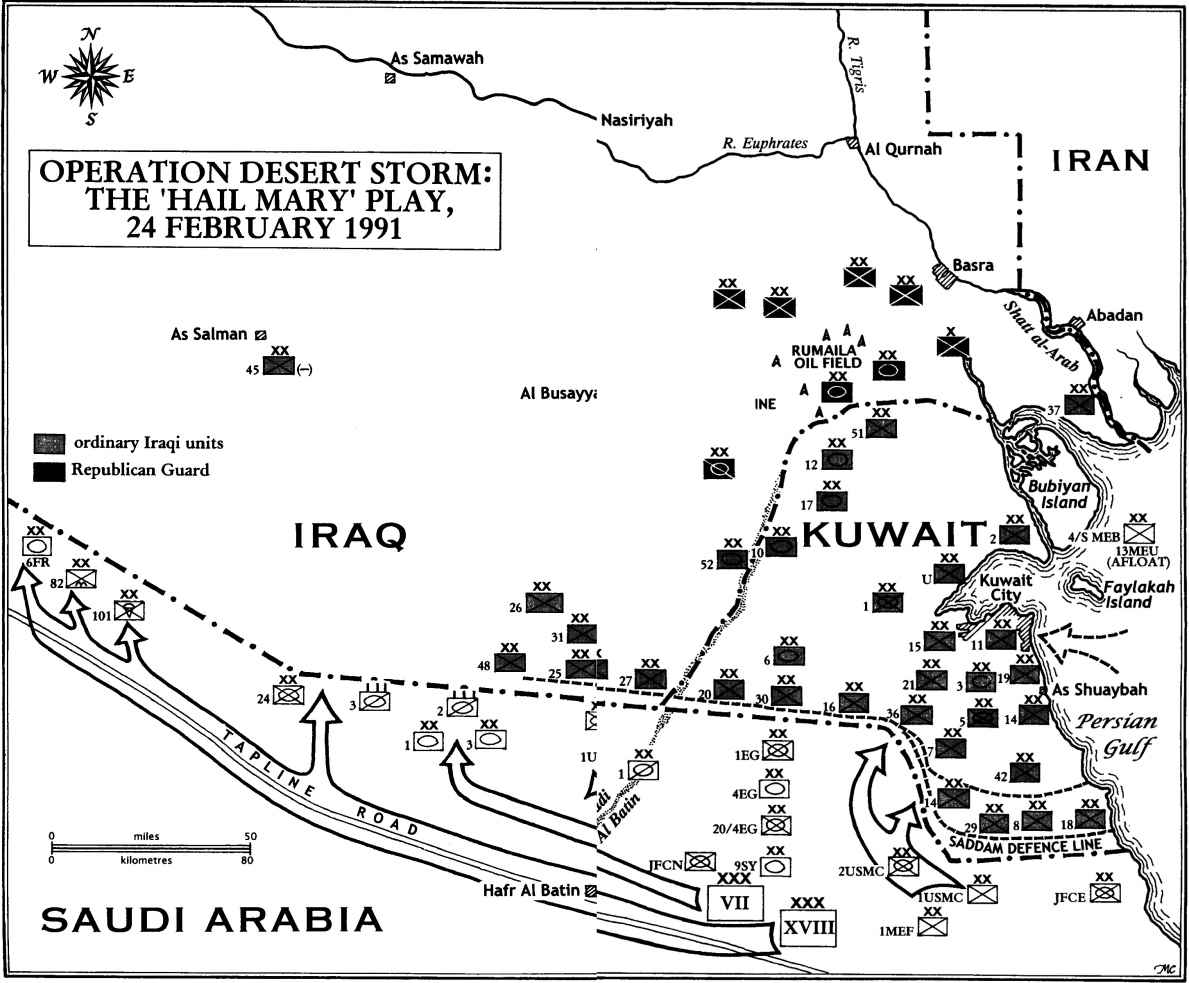
Messieurs les marchaux Murat, Lannes, and Belliard get on their horses and ride down to the bridge. (Observe that all three are Gascons.) 'Gentlemen', says one of them, 'you are aware that the Thabor bridge is mined and doubly mined, and that there are menacing fortifications at its head and an army of fifteen thousand men has been ordered to blow up the bridge and not let us cross? But it will please our Sovereign the Emperor Napoleon if we take this bridge. So let us three go and take it!' 'Yes, let's!' say the others...
These gentlemen ride on to the bridge alone, and wave white handkerchiefs; they assure the officer on duty that they, the marshals, are on their way to negotiate with Prince Auersperg. He lets them enter the tte du pont [bridgehead]. They spin him a thousand gasconades, saying that the war is over, that the Emperor Francis is arranging a meeting with Bonaparte, that they desire to see Prince Auersperg, and so on. The officer sends for Auersperg; these gentlemen embrace the officers, crack jokes, sit on the cannon, and meanwhile a French battalion gets to the bridge unobserved, flings the bags of incendiary material into the water, and approaches the tte du pont. At length appears the lieutenant-general, our dear Prince Auersperg von Mautern himself. 'Dearest foe! Flower of the Austrian army, hero of the Turkish wars! Hostilities are ended, we can shake one another's hand... The Emperor Napoleon burns with impatience to make Prince Auersperg's acquaintance.' In a word those gentlemen, Gascons indeed, so bewilder him with fine words, and he is so flattered by his rapidly established intimacy with the French marshals, and so dazzled by the sight of Murat's mantle and ostrich plumes, that their fire gets into his eyes and he forgets that he ought to be firing at the enemy. The French battalion rushes to the bridgehead, spikes the guns and the bridge is taken! But what is best of all is that the sergeant in charge of the cannon which was to give the signal to fire the mines and blow up the bridge, this sergeant seeing that the French troops were running onto the bridge, was about to fire, but Lannes stayed his hand. The sergeant, who was evidently wiser than his general, goes up to Auersperg and says: 'Prince, you are being deceived, here are the French!' Murat, seeing that all is lost if the sergeant is allowed to speak, turns to Auersperg with feigned astonishment (he is a true Gascon) and says: 'I don't recognize the world-famous Austrian discipline, if you allow a subordinate to address you like that!' It was a stroke of genius. Prince Auersperg feels his dignity at stake and orders the sergeant to be arrested. Come, you must own that this affair of the Thabor bridge is delightful!
Leo Tolstoy, War and Peace
'All warfare is based on deception.
Therefore, when capable, feign incapacity;
when active, inactivity...
Offer the enemy a bait to lure him;
feign disorder and strike him...
Pretend inferiority and encourage his arrogance.'
Sun Tzu
Introduction
'Partout la violence produit la ruse.'
Bernardin de Saint-Pierre
'SURPRISE IS A Principle of War... [It] should primarily be directed at the mind of an enemy commander rather than at his force. The aim should be to paralyse the commander's will.'
It might be argued that security is an even more important concern, but in battle it is not sufficient for a commander to avoid error; he needs actively to cause his enemy to make mistakes. Deception is an active measure with precisely that aim (requiring security among other things and including passive elements such as camouflage), and since the stratagem, or
Next page


